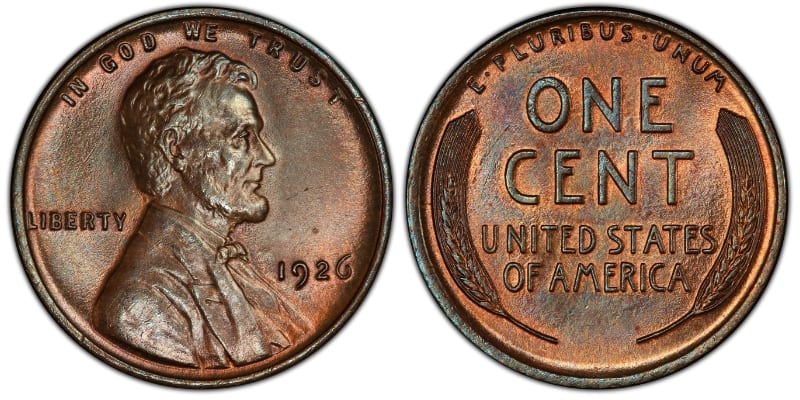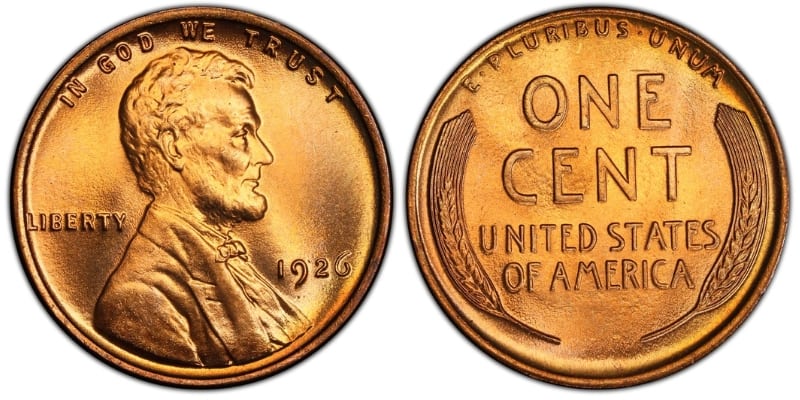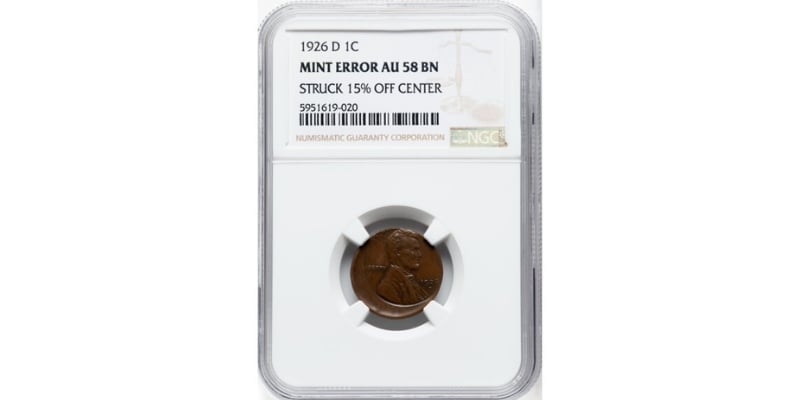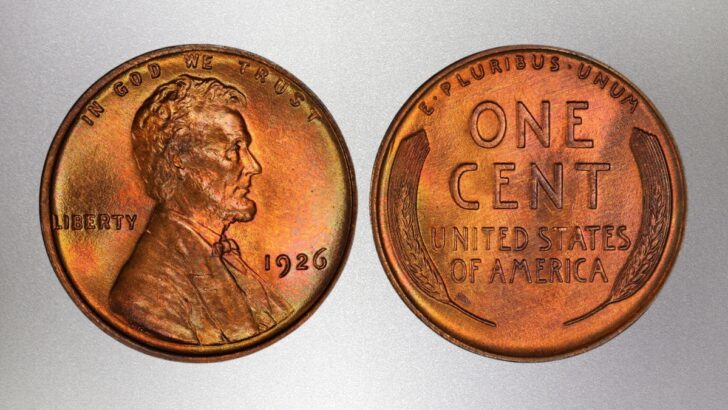The year 1926 saw many significant events. Robert Goddard, experimenting with rockets, launched his first liquid-fueled model in Auburn, Massachusetts. The National Broadcasting Corporation began a nationwide radio network, with twenty-four stations. In a turn for the bizarre, the evangelist Aimee Semple MacPherson disappeared near Venice, California, in May. She would be found wandering in the deserts of Mexico, claiming to have been kidnapped. Less charitable observers suspected she had staged the incident.
Audiences continued to thrill to the Garrick Gayeties on Broadway, with the music and lyrics of Rodgers and Hart. In film, Rudolph Valentino appeared in the film Son of the Sheik, then died on August 23. So many people attended the visitation at the funeral home that riots broke out when not all could be accommodated. Warner Brothers premiered the film Don Juan, using a primitive sound film system, called Vitaphone, in which records were used to provide sound and music, which was somewhat synchronized to the action on the screen. In Britain, A.A. Milne publishes Winnie-the-Pooh.
Production of the 1926 Lincoln Wheat Penny
| Mint | Coins Struck |
| 1926 | 157,088,000 |
| 1925-D | 28,020,000 |
| 1925-S | 4,550,000 |
| Total | 189,658,000 |
Although the total mintage for the 1926 Lincoln wheat penny was almost 190 million coins, the distribution between the three mints was far from even. The Philadelphia Mint, with no mint mark, was far and away the main producer of one cent pieces for the year. Denver Mint, mint mark D, was the second-largest producer. The San Francisco Mint, mint mark S, was the least productive mint, with only 4 million coins struck. This is the tenth-lowest mintage for any coin in the Lincoln wheat penny series. Values for the coins reflect this skewed distribution, with coins from Philadelphia being readily available, and coins from San Francisco being comparatively scarce.
Values for the 1926 Lincoln Wheat Penny
| 1926 Penny Value Chart | ||||
| Type | Grade | |||
| Good G4 | Uncirculated MS63 | Uncirculated MS64 | Uncirculated MS65 | |
| 1926 1C BN | $0.25 | $10.80 | $13.50 | $27.00 |
| 1926 1C RB | — | $12.15 | $27.00 | $40.50 |
| 1926 1C RD | — | $24.30 | $40.50 | $122.00 |
| 1926-D 1C BN | $1.50 | $169.00 | $208.00 | $650.00 |
| 1926-D 1C RB | — | $234.00 | $468.00 | $960.00 |
| 1926-D 1C RD | — | $436.00 | $715.00 | $3,120.00 |
| 1926-S 1C BN | $10.80 | $552.00 | $715.00 | $3,440.00 |
| 1926-S 1C RB | — | $960.00 | $1,380.00 | $10,000.00 |
| 1926-S 1C RD | — | $3,250.00 | $9,380.00 | $114,000.00 |
Values for circulated grades of the 1926 Lincoln penny

As with any other good, supply and demand are key components of the price, or value of collectible coins, including the wheat penny. Supply is reflected by the mintage numbers, both in total, and for each of the three main United States mints. The number of coins struck in a year is the total possible supply, and that number can only decline through attrition: lost coins, melted coins, or coins locked up in hoards. Demand is reflected by the wish of collectors to assemble complete sets. Years and coins with low mintage numbers, like the 1926-S Lincoln one cent piece, can be thought of as “bottlenecks,” points where collectors may have to either work a bit to find a coin they want to add to their collection, or to settle for coins not quite so nice as they might wish.
A third factor, the preservation or quality of a given coin, also affects the value of Lincoln wheat pennies. This quality, referred to among numismatists as the “grade,” is expressed using a term and a number, with higher numbers being better, more valuable coins. The terms used range from “good,” for heavily circulated coins, all the way up to “mint-state” for uncirculated coins that have never entered commerce.
Grading is a complex subject, treated at length in a separate article. For purposes of this article, it is sufficient to say that in addition to grading coins on both a numerical and descriptive scale, collectors of bronze or copper coins such as the Lincoln penny use an additional term to describe the tone or color of an individual coin. Bronze coins can be “brown,” “red-brown,” or “red,” abbreviated “bn,” “rb” or “rd” respectively. “Red” coins are those which retain their luster, and look new, bright and shiny. “Brown” coins have oxidized to the color of an old copper plumbing pipe. Red-brown coins are intermediate between the two.
Lincoln wheat pennies from the Philadelphia and Denver Mints exist in sufficient numbers to be readily affordable to collectors of all levels. At the lowest grades, 1926 Lincoln wheat pennies can still be found for under a dollar, while 1926-D Lincoln wheat pennies can be found for under five dollars. At the highest uncirculated grade, “about uncirculated,” specimens from Philadelphia can be found for under ten dollars, and specimens from Denver can be found for prices under fifty dollars.
The situation is very different for 1926-S Lincoln wheat pennies. The low mintage number creates scarcity, which is reflected in the price.
A 1926-S Lincoln wheat cent, graded “Good,” which would sell for under a dollar if it had been minted in Philadelphia, or for about a dollar and a half if it had been minted in Denver, sells for over ten dollars. A nicer, “Fine,” specimen sells for over thirteen dollars.
At the higher grades of circulated coin, auction houses can become interested. A 1926-S wheat penny, graded XF-40, sold for $39.00 at Heritage Auctions in September 2023. According to the chart, that may have been something of a bargain. Similar coins from Philadelphia or Denver would have cost about a dollar and a half and sixteen dollars respectively.
A 1926-S Lincoln penny graded AU-58 sold for $139.00 at auction on May 9, 2023. Another “About Uncirculated” 1926-S Lincoln penny, graded a bit lower, at AU-55, sold for $99.00 in March of 2023. Both auctions were conducted by Heritage.
Values for uncirculated grades of the 1926 Lincoln penny

Turning to uncirculated, or “Mint State” 1926 wheat pennies, prices rise rapidly for higher grades and better tones. At the highest levels, prices reach points affordable only to the wealthiest collectors, or institutions with significant endowments.
The 1926-S wheat penny is especially scarce in uncirculated grades with red tones. An August 2020 Heritage Auction sales listing for a 1926-S wheat penny, graded MS-65 RD, explains the situation. According to the catalog, the two national grading certification services report, between them, a total of three coins at that grade. Another service reports a fourth, but that particular coin remains elusive, and has not been seen often in public. These three or four coins are the highest graded uncirculated 1926-S pennies. The catalog adds, in a bit of puffery, that passing on the coin at auction means giving up the chance to complete a set of uncirculated red Lincoln wheat pennies. Bidders must have accepted that argument, as the coin sold for $102,000.
At various times, the handful of 1926-S Lincoln pennies holding a grade of MS-65 RD have changed hands for $90,000 to almost $150,000. We can assume that, while the chance of a miracle is never zero, the odds of finding one in the attic, or in a roll of pennies purchased from the bank is probably extremely low.
The dismaying point for collectors is that lower graded uncirculated red 1926-S Lincoln pennies command very high prices as well, because of the original low mintage, and the ravages of time. An MS-64 RD, 1926-S wheat penny, graded slightly lower than the best known specimens, sold for $16,450 in August 2016. More recently, in October 2022, a similarly graded specimen sold for $8,400, although the auction catalog noted that its tone was “mellowing,” which may have been a polite way of saying that its luster was declining a bit.
Only in the less lustrous red-brown and brown grades do 1926-S Lincoln wheat pennies become plausibly available to the average collector, though they are still a significant purchase, on par with buying a household appliance, a very nice computer, or perhaps a decent used car.
In November 2023, a 1926-S MS-65 RB Lincoln wheat penny sold for $9,000 at Heritage Auction. Except for the tone, this is the grade equivalent of the coins costing upwards of a hundred thousand dollars described above. The obverse of this particular coin maintained a nearly full red luster, while the reverse had a few “speckles” according to the catalog, which still were sufficient to impair its rating and its value.
In June 2023, a 1926-S MS-64 RB Lincoln one cent piece sold for $1,100 at auction. This coin is similar to the one which sold for $16,400 in its pristine state. The main difficulty of the RB coin appears to have been a purple spot on the reverse covering some of the lettering. It was otherwise fairly bright red, and so would have been an outstanding addition to a collection in its own right.
Uncirculated brown 1926-S wheat pennies finally descend from the stratosphere of prices. One example is a 1926-S Lincoln penny, MS-62 BN, which sold for $300 in July 2023.
Prices for uncirculated Lincoln pennies from Philadelphia and Denver are high, at least in the bright red tones, and in the highest grades, but somewhat more affordable for collectors otherwise.
Uncirculated Lincoln pennies minted in Philadelphia should be available at prices between ten and thirty dollars for brown specimens graded MS-65 or under, and for prices between twelve and forty-five dollars for red-brown specimens of similar grade. The highest graded MS-67 RD examples command higher prices. Two 1926 Lincoln wheat pennies graded MS-67 RD sold in April 2023, for $930 and $960 respectively. A 1926 wheat penny, graded MS-67+ RD sold at auction in November 2023 for $4,320.
The situation is similar for uncirculated Lincoln wheat pennies from Denver. According to the chart, uncirculated brown 1926-D wheat pennies should sell for between $170 and $650 for grades under MS-65. Red-brown coins should sell for between $240 and $960 for similar grades.
In November 2023 a 1926-D MS-64 RB Lincoln wheat cent sold for $324 at auction. In June 2023, a MS-65 RB 1926-D Lincoln penny showing many discolored spots on both sides sold for $660, while in November 2023, another MS-65 RB 1926-D Lincoln penny with only some slight spots on the back sold for $3,840. Quality still controls value, though. A 1926-D wheat penny MS-66+ RD, one of two known at that grade, with only about half a dozen other Lincoln pennies graded at MS-66 RD, sold for $22,800.
Were any 1926 Proof Lincoln Wheat Pennies Produced?
The U.S. Mint ceased striking proof coins in 1916, due to lack of public and collector interest. Proof coins would not be offered again until 1936. Thus, in 1926, no proof coins were struck, and there are no genuine proof coins available in the marketplace.
Error Values for the 1926 Lincoln Wheat Penny
While the U.S. Mint exerts a high level of quality control, the sheer volume of coins being produced means that even a tiny percentage of errors can translate into many defective coins reaching circulation. Collectors avidly seek Lincoln wheat pennies with errors, and such coins usually trade at a premium over ordinary coins of the same grade.
Off-center strikes of 1926 Lincoln wheat pennies

One kind of error that recurs frequently is the off-center strike. In a normal strike, the coin blank or planchet, sits in a collar designed to hold the blank in the correct spot in the press, between the two dies. Occasionally, the blank doesn’t rest in the center, but rests to one side of the die or another. The resulting strike is not a perfectly round coin with a full image, but an oval-shaped coin, with a partial image. Such coins can be of any grade, as they may circulate for some time before being detected by collectors. Besides looking for the best grade possible, error collectors seek coins with both a full date and mint mark.
Because of the low mintage numbers in 1926, off-center Lincoln wheat pennies from Denver or San Francisco are accordingly scarce. In June 2023, a 1926-D Lincoln wheat penny, 15% off center, graded AU-58, sold for $300. The same coin would sell for $50 or less, if it was correctly struck.
Technical Specifications of the 1926 Lincoln Penny
The year 1926 was the eighteenth in which the Lincoln wheat penny design was used. The coin was first introduced in 1909, for the one hundredth anniversary of the birth of Abraham Lincoln, the 16th President of the United States. Victor D. Brenner designed the coin. Brenner was a sculptor and medallion engraver, who created a bust of the sitting President, Theodore Roosevelt. Roosevelt wished to upgrade the appearance of American coinage. Brenner designed a portrait of Lincoln for the obverse, and a stylized pair of wheat stalks for the reverse, enclosing the value of “one cent.” The design was immediately popular and has become the longest running U.S. coin design.
The 1926 Lincoln penny is a bronze coin, made of 95% copper and 5% tin and zinc. It has a weight of 3.11 grams, and is 19 millimeters in diameter.
Summary
The 1926 Lincoln wheat penny is a rare find at the uncirculated levels, and priced accordingly. In many cases, collectors of modest means will be forced to settle for coins of lower grade than they might customarily wish to add to their collection. The very finest specimens have reached prices which can be met only by the wealthiest collectors or museums. Still, at the circulated grades, collectors should be able to find examples to build up sets with little or no difficulty.
